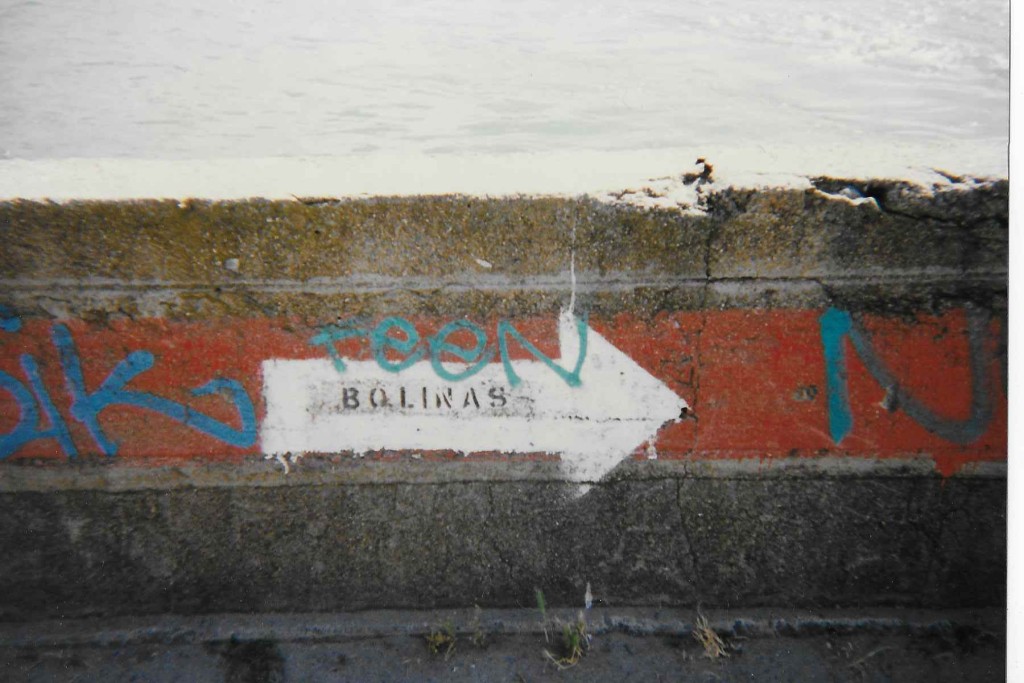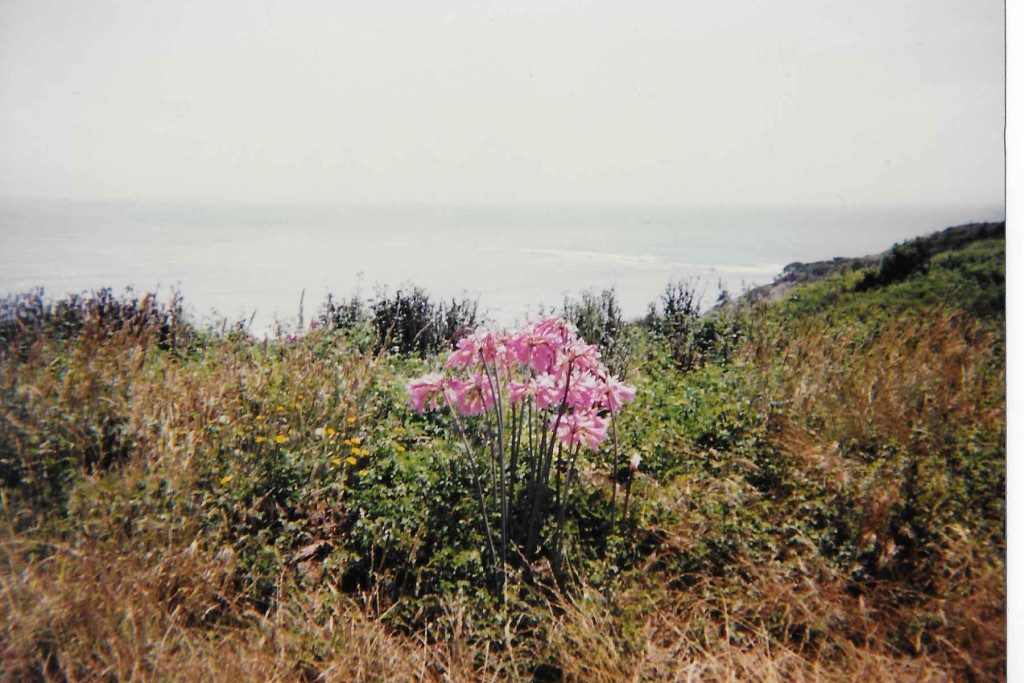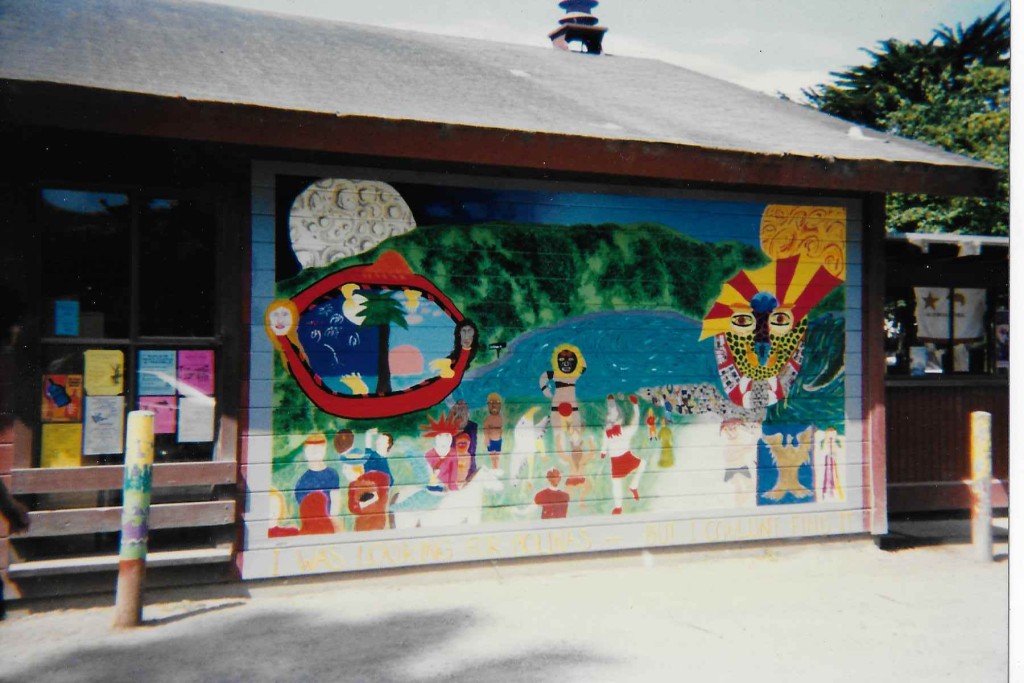April 23, 2020
Bill,
I saw your write-up about Lewis passing today, & like you I was dismayed that all the press/obits are centered on his work w/the river. I wouldn’t take anything away from that, it was/is amazing what he did, but for me Lewis was/is always about “The Poems”. I met him in the 70s, that is I met him thru his poems. It wasn’t until ’86 or so that I had a chance to sit down & talk w/him. An interview at his home in Silver Lake about the Bolinas poets. Subsequently, I had the opportunity to publish his poems in many of the rogue magazines I edited, & when Mike Price & I started Blue Press Books in 1998, the motivation behind it all was to print The River: Books One & Two, which was the first chapbook to appear under the Blue Press imprint. I went on to publish 5 books by Lewis, including the expanded River: Books One, Two, & Three. He was a most gracious man, tough minded, challenging at times (which I loved), a great friend, & one of the finest poets I have ever known.
Thanks for acknowledging the importance of the Poet Lewis MacAdams.
Kevin (Opstedal)
*. *. *. *
And for a review of Lewis MacAdams’s Dear Oxygen: New & Selected Poems 1966-2011, which was edited by Kevin Opstedal, here is a link to Joe Safdie’s astute commentary:
http://www.bigbridge.org/BB16/prose/prosejsafdie.htm
Here is a brief excerpt from it:
“I’d been intending to start this review with a story about Lewis performing at one of the readings in memory of Ed Dorn that had been organized by Michael Rothenberg a few years ago; when it was his turn at the podium, he said “Ed Dorn was the coolest white man I ever met”—notable praise, not only because one of Lewis’ non-fiction works, Birth of the Cool, charted a number of notable artists and musicians of the American mid-century (“Yeah, well, I guess you could call that journal ism”—Section XVI of “News from Niman Farm,” 97), but because I always thought he was the coolest white guy I’d ever met, similar to his description of Otis Redding in “Dreams to Remember”: “a dynamo of act, laughing, crooning, sweating, dancing and shouting ‘Bamalama into the earth’s microphone from every one of the silent rooms” (78)
— Joe Safdie



 About Bill Mohr
About Bill Mohr